https://www.scu.edu/sustainability/forgegarden/resources/recipes/forge-crafted-recipes/cucumber-tomato–feta-salad.html

https://www.scu.edu/sustainability/forgegarden/resources/recipes/forge-crafted-recipes/cucumber-tomato–feta-salad.html
Santa Clara University Consolidated Financial Statements | $2.9 billion
Follow #SantaClaraUniversity across platforms to stay up to date with the leading #Jesuit university in #SiliconValley. #DiscoverSCU
📷 Instagram: https://t.co/Vni4SipVEH
👍🏽 Facebook: https://t.co/X1tKW02iZn
💼 LinkedIn: https://t.co/Rhwh4DReVI
😆 TikTok: https://t.co/yqUvfBWbIK pic.twitter.com/mrYtn6G0O6— Santa Clara Univ (@SantaClaraUniv) November 20, 2022
🍑 season is here!! pic.twitter.com/sFVK62dXUk
— Holly (@HTAgronomy) August 9, 2024
University System of Maryland | $12.225B
University of Maryland Extension
The choice of red, white, and blue in national flags often carries historical, cultural, and political significance. Here are some reasons why various nations have chosen these colors:
The exact reasons can vary, but often the colors reflect a mix of historical alliances, cultural heritage, and political ideals.
The term “lively arts” is attributed to American writer and poet James Thurber. It was popularized in the mid-20th century as a way to describe various forms of performing arts, such as theater, dance, music, and other creative expressions.
“What art is, in reality, is this missing link, not the links which exist.
It’s not what you see that is art; art is the gap”
— Marcel Duchamp
Today we refresh our understanding of the literature that guides the safety and sustainability goals of lively art events in educational settlements. Consortia have evolved quickly in recent years, leading and lagging changes in the content creation and delivery domain. With this evolution a professional discipline has emerged that requires training and certification in the electrotechnologies that contribute to “event safety”; among them:
ASHRAE International
Standard 62.1: This standard establishes minimum ventilation rates and indoor air quality requirements for commercial buildings, including theaters and auditoriums.
Standard 55: This standard specifies thermal comfort conditions for occupants in indoor environments, which can have an impact on air quality.
Audio Visual and Experience Association
Entertainment Services and Technology Association
Set design model for Giuseppe Verdi’s Otello, created for a Paris production in 1895@GallicaBnF
print(“Lively Arts”)https://t.co/93JWrmLwPh pic.twitter.com/RRxuzmGT4r— Standards Michigan (@StandardsMich) December 10, 2021
The Johnny Carson School of Theatre & Film commits to the philosophy that students of the lively arts must be provided w/ practical skills for employment in industry &
educational settings.https://t.co/DRe7qWJKgW@NebCarsonSchool
Print(“Lively”) #StandardsNebraska pic.twitter.com/7K8zfXYlZj— Standards Michigan (@StandardsMich) February 4, 2022
International Code Council
International Building Code: Section 303.2 Assembly Group A-1
Illumination Engineering Society
RP-16-17 Lighting for Theatrical Productions: This standard provides guidance on the design and implementation of lighting systems for theatrical productions. It includes information on the use of color, light direction, and light intensity to create different moods and effects.
RP-30-15 Recommended Practice for the Design of Theatres and Auditoriums: This standard provides guidance on the design of theaters and auditoriums, including lighting systems. It covers topics such as seating layout, stage design, and acoustics, as well as lighting design considerations.
DG-24-19 Design Guide for Color and Illumination: This guide provides information on the use of color in lighting design, including color temperature, color rendering, and color mixing. It is relevant to theater lighting design as well as other applications.
Institute of Electrical and Electronic Engineers
Research on Safety Integrity Level Assessment for Stage Machinery of Temporary Performance Site
Necessity of Establishing the Stage Technical Standards for Outdoor Live Performance Theater
Comparison of Technical Systems between Outdoor Live Performance Stage and Indoor Theater Stage
National Center for Spectator Sports Safety and Security
National Fire Protection Association
Life Safety Code
National Electrical Code
Articles 518-540: Arenas, Lecture Halls & Theaters
Society of Motion Picture Technology Engineers
Professional Lighting and Sound Association
Dance and Athletic Floor Product Standards: ASTM F2118, EN 14904, DIN 18032-2
Incumbent standards-setting organizations such as ASHRAE, ASTM, ICC, IEEE, NFPA have also discovered, integrated and promulgated event safety and sustainability concepts into their catalog of best practice titles; many already incorporated by reference into public safety law. We explore relevant research on crowd management and spectator safety.
“Art is anything you can get away with” — Marshall McLuhan
More
International Code Council (N.B. Changes to its Code Development Process)
International Building Code: Entertainment Occupancies
Section 410: Stages, Platforms and Technical Production Areas
National Electrical Code: Articles 518 – 540
Code-Making Panel 15 (NEC-P15): Public Input Report 10/1/2020
Code-Making Panel 15 (NEC-P15): Public Comment Report 11/18/2021
ASHRAE 62.1 Ventilation for Acceptable Indoor Air Quality
Princeton University: Set Design & Construction
Building the Virtual Stage: A System for Enabling Mixed Reality Theatre
University of California: Special Effects Safety and Loss Prevention
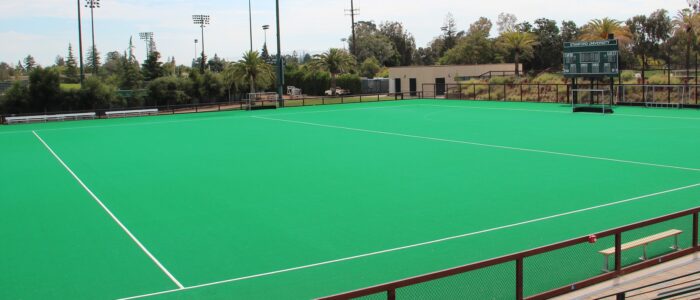
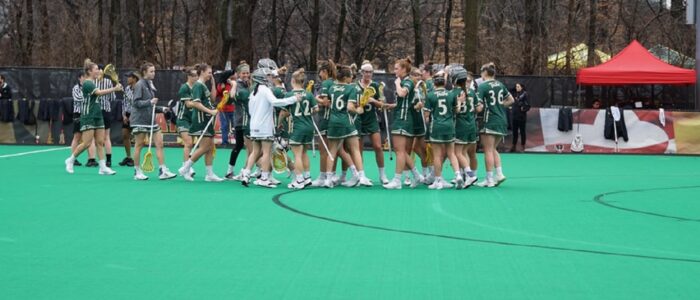
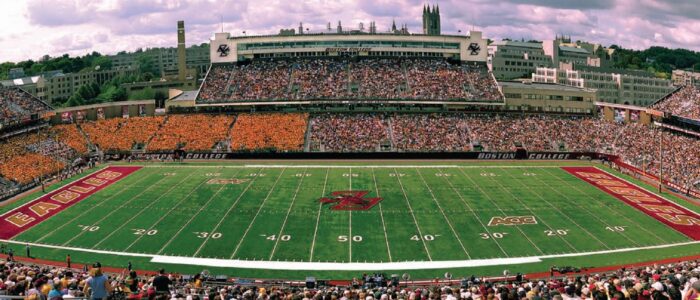
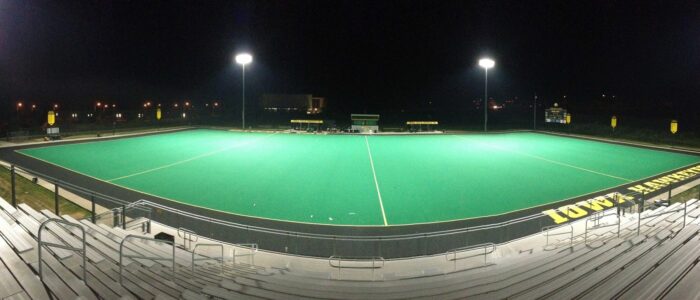
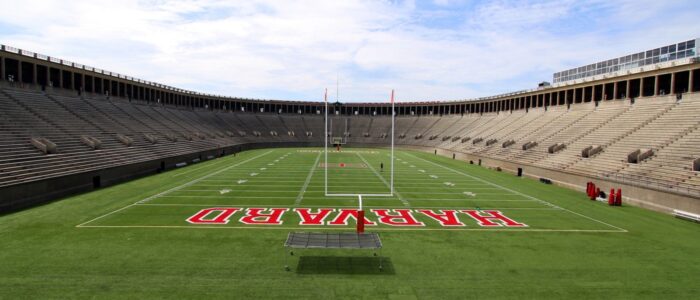
The Synthetic Turf Council is a 501(c)6 non-profit trade association serving the synthetic turf industry. Its vision is to improve the world through synthetic turf. Its mission is to serve as the global forum to promote, develop, grow and advocate for the synthetic turf industry. As a voice in its industry, it promotes the benefits of synthetic turf systems, it provides credentialing services and, for our purpose produces a bibliography of consensus products relevant to the education facility industry:
Synthetic Turf Council Technical Guidelines
You may communicate directly with the Council at the link below:
Synthetic Turf Council Contact Information
We do not find any open public consultations at the moment but we keep the Council’s consensus products in on the standing agenda of our Sport teleconferences. See our CALENDAR for the next online meeting.
LEARN MORE:
White Papers & Technical Presentations
“No citizen has a right to be an amateur in the matter of physical training…
what a disgrace it is for a man to grow old without ever seeing
the beauty and strength of which his body is capable.”
— (Plato, Republic 403d)
Today we slice horizontally through the multitude of technical and policy silos applicable to seasonal recreational and competitive sport activity. We limit our examination to the conformance catalogs of ANSI. ASHRAE. ASTM, AWWA, ICC, IEEE, IES, NFPA, NSF International, and UL.
Relevant changes proposed for the next revision of the International Building Code:
Sprinkler coverage over bleachers or sport spectator seating (p. 665)
Lightning Protection Systems (p. 751)
Spectator live loading on bleachers (p. 1098)
Permitting of outdoor luminaires per zoning codes (p. 2587-2593)
Last year we examined the standards that applies to the 2024 Paris Olympics; worth a second look this year and in anticipation of the 2028 Summer Olympics in Los Angeles
We deal with the catalogs of CSA, DNV GL ISO, IEC, SGS, TIC and TÜV in a separate, international session.
The moment a father consoles daughter after missing out on olympics medal
pic.twitter.com/kSHd4AIH4Z— Science girl (@gunsnrosesgirl3) August 8, 2024
More:
The Top 10 Best Colleges in Greenland for Tech Enthusiasts
”Here at the University of Greenland, you are committed to shaping the Arctic through research and innovation.”
Keynote speech at Ilisimatusarfik, the University of Greenland ⬇️
https://t.co/cI022Wl5Kq— Jutta Urpilainen (@JuttaUrpilainen) September 17, 2024
Ilisimatusarfik
Related:
Home Page | Statement of Net Position 2024: $1,272B
Missing you, Beaver Nation 🧡 pic.twitter.com/XO4dhbL1c7
— Oregon State University (@OregonState) September 10, 2024
From from time to time — particularly in the months of fairer weather, when many events are hosted outdoors — we break form from the grind of responding to c0nsultations to simply enjoy these spaces See our CALENDAR for our periodic Lively c0lloquia when we drill down into technical specifics.
California State University San Marcos![]()
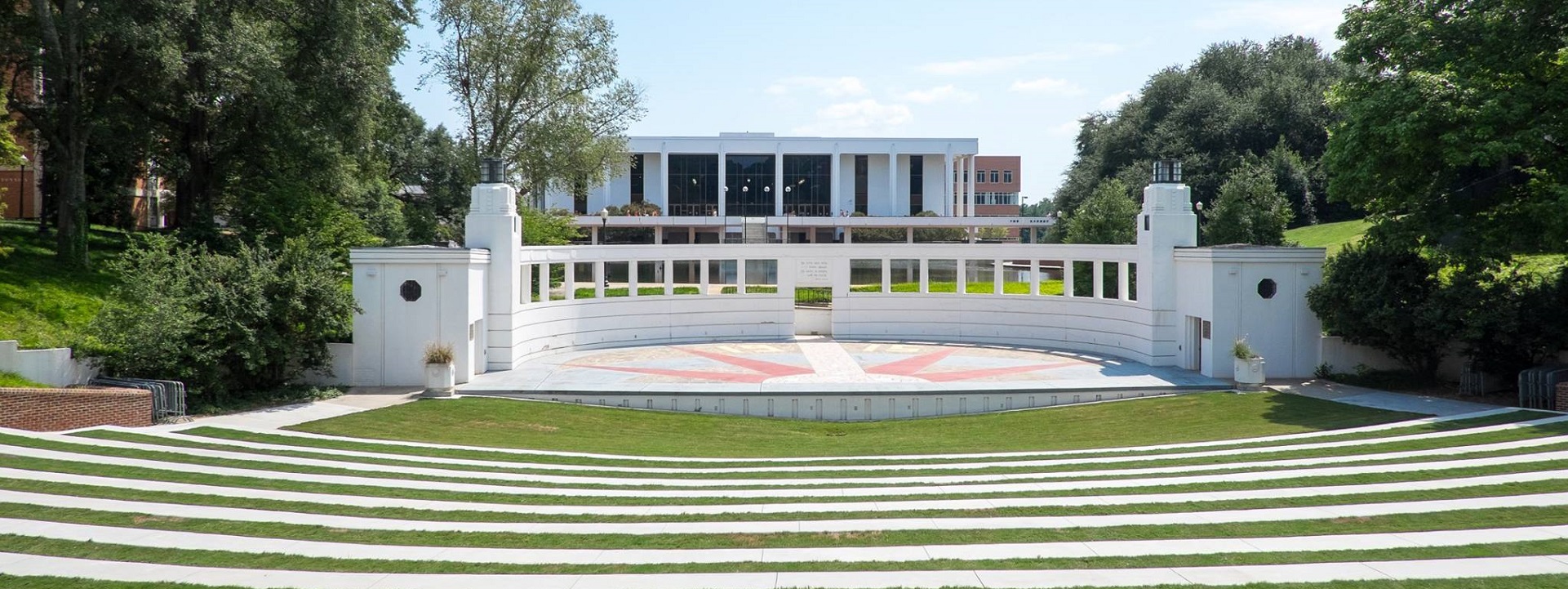
Clemson University
More coming
LEARN MORE:
New update alert! The 2022 update to the Trademark Assignment Dataset is now available online. Find 1.29 million trademark assignments, involving 2.28 million unique trademark properties issued by the USPTO between March 1952 and January 2023: https://t.co/njrDAbSpwB pic.twitter.com/GkAXrHoQ9T
— USPTO (@uspto) July 13, 2023
Standards Michigan Group, LLC
2723 South State Street | Suite 150
Ann Arbor, MI 48104 USA
888-746-3670
